

Engage prospects with a scan and streamline customer engagement with FREE QR code marketing tools by Sona – no strings attached!
Create a Free QR CodeFree consultation

No commitment

Engage prospects with a scan and streamline customer engagement with FREE QR code marketing tools by Sona – no strings attached!
Create a Free QR CodeFree consultation

No commitment
End-of-life care services are navigating an era of digital transformation as providers strive to gather meaningful feedback and continuously improve care while honoring patient dignity. Yet, this mission is often hampered by persistent pain points: traditional paper surveys yield low response rates, feedback is fragmented or lost, and valuable insights from families remain untapped during critical moments. Gaps in feedback loops not only leave opportunities for improvement unaddressed, but they also risk missing out on trending issues or signals of distress that can help prevent dissatisfaction or missed support.
With patient and family expectations evolving, integrating technology into care delivery is becoming vital for hospices and palliative care providers. Still, the big question remains: How do you balance compassion, privacy, and efficiency?
QR codes are a practical answer, offering a discreet, frictionless way to connect with patients and loved ones. They enable care teams to capture input at the right moment, reduce paperwork burdens, and create real-time feedback cycles. By bridging the gap between print materials and digital forms, QR codes help providers identify high-value concerns before they fall through the cracks, ensuring every experience is heard and acted upon.
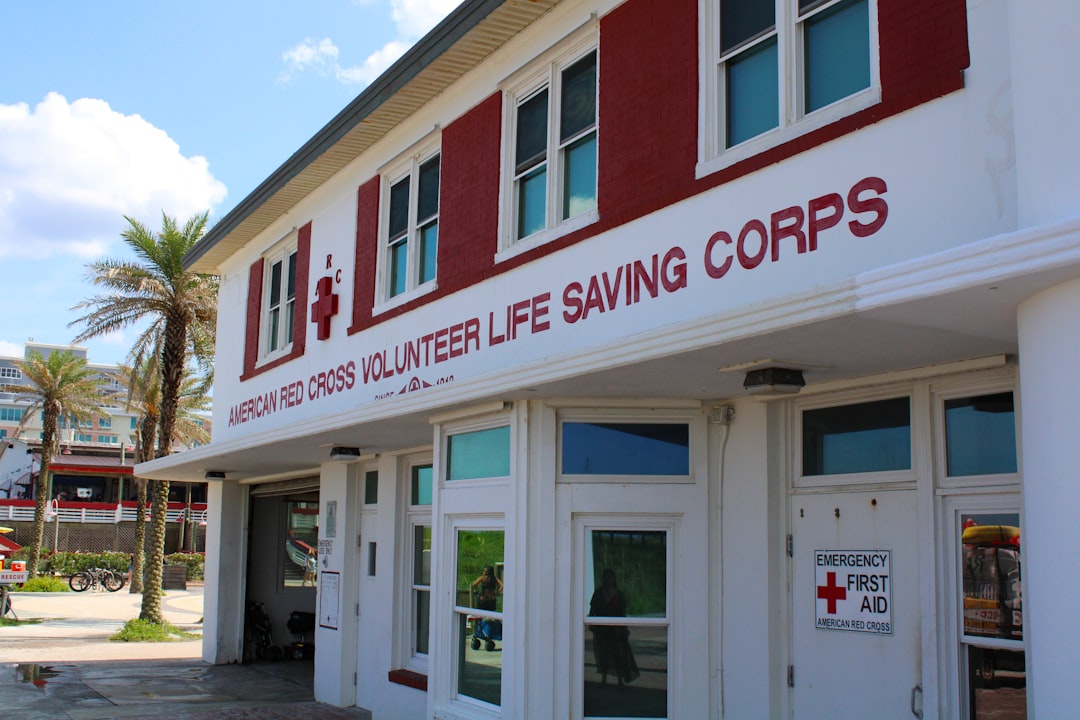
Collecting timely and actionable feedback in end-of-life settings has long been hindered by outdated, manual methods that force patients and families to navigate paperwork during already difficult times. This often results in missed high-value perspectives, as busy staff might misplace forms or overlook handwritten notes. In fast-paced hospice environments, traditional suggestion boxes and surveys can fail to surface urgent issues or signals of distress before families disengage.
Modern approaches now enable care teams to embed QR codes within patient rooms, welcome packets, and family lounges, streamlining the feedback process without compromising privacy. QR-enabled digital forms remove barriers: anyone can scan and respond in moments, giving more opportunities for early intervention. These experiences are simple but powerful: a short scan, a compassionate call to action, and a clear form or resource page that routes responses directly to the right team. For step-by-step setup, see this guide to digital forms.
By acting on scan signals, even from those who never complete a physical form, organizations can enrich their data, intervene earlier, and avoid delays that allow concerns to go unaddressed. Many hospices find that QR-driven workflows capture valuable perspectives sooner, leading to tangible care improvements rather than missed opportunities for learning.

Instead of mailing paper surveys post-discharge, which often go ignored or arrive too late to inform service recovery, consider placing dynamic QR codes on welcome packets, bedside information cards, and condolence letters. Families can share honest feedback instantly, and care teams can receive real-time alerts about sensitive issues. The result: reduced response lag, fewer lost forms, and higher participation among people who prefer private, on-their-own-time communication.
You can also replace manual sign-up sheets for educational sessions with QR codes that link to short forms in multiple languages. These forms can auto-tag the scan location and session topic, route to the appropriate coordinator, and trigger a reminder message. What used to take staff hours of manual processing can be handled in minutes, freeing teams to focus on compassionate care.
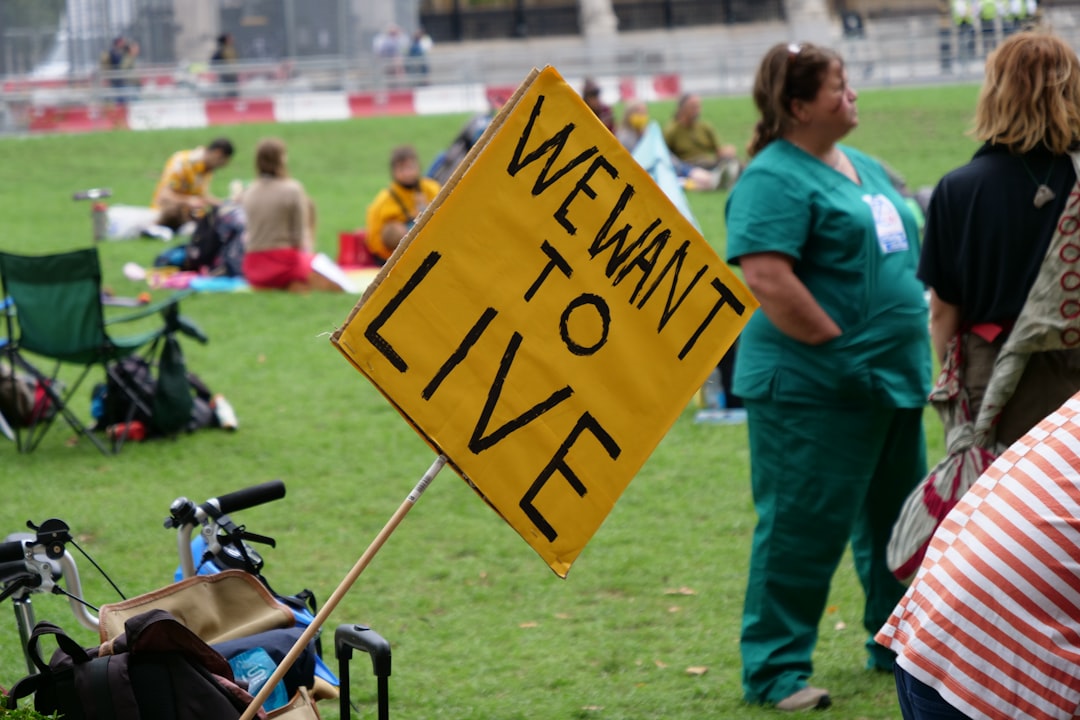
The sensitive nature of end-of-life care creates unique challenges. Families want to share feedback or request resources, yet they may hesitate to complete forms in person or discuss concerns while staff are present. Moments of vulnerability often happen outside structured check-ins, which means critical insights can go unheard. This lack of visibility into anonymous concerns risks missed opportunities to improve comfort, communication, and trust.
QR codes address these barriers by turning any printed touchpoint into a private, immediate channel for action. A scan can open a compassionate survey, a grief support page, a translator request, or a direct line to a social worker. No apps, passwords, or lengthy navigation are required. Because timing is everything in hospice and palliative care, the ability to scan when ready is vital for dignity and autonomy.
A hospice network that introduced QR-based feedback learned that families were most likely to share concerns during visiting hours and immediately after care plan updates. The team added compassionate QR signage to family lounges and bedside tables, increasing timely, actionable feedback and helping clinicians resolve issues before they escalated.
End-of-life care teams communicate across varied settings: inpatient units, home visits, partner hospitals, and community events. Static printouts often fail to accommodate language preferences, reading levels, and rapid changes to care protocols. QR codes offer flexible formats that match different needs without adding complexity for families or staff.
The most useful formats in this vertical prioritize access to people and resources. Dynamic QR codes are especially helpful because they can be edited without reprinting materials, which is crucial for regulation updates, staff changes, or new support offerings.
Hospice teams that adopt dynamic QR formats report fewer reprints, fewer outdated handouts in circulation, and faster routing of feedback. They also find it easier to personalize information since the destination pages can present language options and accessibility features like text resizing and audio narration.
Opportunities to improve care and community engagement often hide in everyday touchpoints: the admissions folder, a sympathy card, a memorial event invitation, or a sign near the nurse’s station. Without thoughtful design, those moments can become missed chances for feedback, support requests, and education. QR codes turn those touchpoints into timely pathways for dialogue.
Strategic placement means meeting families where they are physically and emotionally. The goal is to make feedback and help-seeking safe, private, and simple. Small changes in placement and messaging can dramatically improve participation, which in turn drives better service recovery, more effective education, and stronger long-term relationships.
One regional hospice reported a significant uptick in actionable feedback by adding QR codes to follow-up mailers and family resource sheets. Engagement doubled within a quarter, and sentiment analysis revealed specific communication gaps that the team addressed through updated scripts and training.
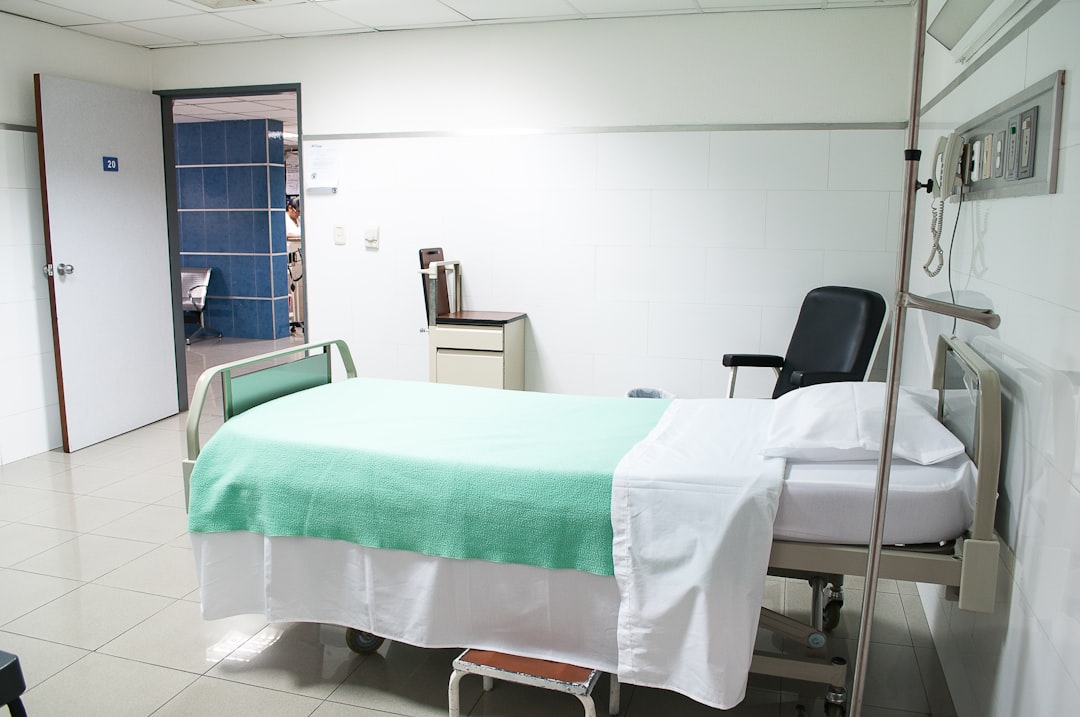
Late or incomplete capture of concerns can cause trust to erode and service improvements to stall. QR-enabled use cases give families timely, gentle pathways to be heard. They also create measurable outcomes that help leaders prioritize investments and training.
Below are three high-impact use cases that map to common touchpoints across hospice and palliative care:
Providers who consistently place QR codes at these journey moments report earlier reporting of concerns, stronger family confidence, and measurable gains in quality metrics, as seen in healthcare settings. They also uncover cross-support opportunities, such as referrals to community partners, that manual processes overlook.
Fragmented data makes it hard to differentiate between a new patient’s family, a longstanding caregiver, and a memorial event attendee. QR codes can act as intent beacons that segment your audiences automatically while respecting privacy. Each scan captures context like location, time, and use case, which you can use to tailor follow-ups.
For example, a scan from an inpatient lounge survey can be tagged differently from a scan on a memorial event program. With appropriate consent and compliant data handling, these tags inform targeted resource emails, appointment reminders, and proactive service checks using Sona’s retargeting playbook. The result is messaging that feels timely and relevant rather than generic or intrusive.
Some providers prioritize outreach for families who scan bereavement resources repeatedly without submitting a request. A gentle check-in can prevent disengagement and lead to timely support, which strengthens relationships and long-term community ties.
Relying on a single channel often results in scattered engagement and lost signals. End-of-life care audiences move across print, conversation, and community settings, and many prefer to explore resources privately before initiating direct contact. QR codes connect that journey by turning every physical touchpoint into a digital bridge.
Integration works best when each channel has a clear role and a consistent message. The printed brochure invites a scan for the most current guide. The facility sign points to a simple, anonymous feedback form. The condolence card offers a private way to request support or share a memory. Together, these channels create a respectful, cohesive experience that honors family preferences.
By integrating scan data with patient relationship tools and marketing automation, teams gain visibility into which placements drive meaningful actions. That insight reduces guesswork, prevents data silos, and ensures timely needs do not go unnoticed.
Even the most thoughtful QR initiative can fall flat if objectives are vague or the codes are hard to find or scan. In end-of-life care, you also need to protect privacy, use compassionate language, and make participation optional. A structured process helps you launch responsibly and improve quickly.
Start by aligning your campaign to a concrete problem, such as low response to post-discharge surveys or limited visibility into communication barriers during admission. Then choose formats and placements that fit family routines, not just administrative convenience. Finally, establish feedback loops so your team learns what works and adapts without delay.
Clarify the single outcome you want: faster escalation of comfort concerns, more complete advance directive forms, or better access to grief support. Pick one high-impact scenario for your pilot to keep the message and design focused.
Select the code format that supports your destination and your need for agility. For most end-of-life use cases, dynamic codes are the right choice because they allow link updates, tracking, and segmentation without reprinting materials.
A clear call to action and inclusive design increase scan rates. Test in real-world conditions to ensure the code works in dim lighting, under plastic sleeves, and at various angles common in patient rooms.
Choose placements that map to the moments when families are most likely to engage. Consider privacy, visibility, and context. Staff introductions help normalize scanning as part of supportive care.
Monitoring performance is essential to learning and improvement. Use analytics to see what is working and why, then iterate. Share wins and insights with frontline staff so everyone understands the impact.
Providers that follow this checklist tend to see higher completion rates, faster service recovery, and richer insights. Consider managing your program with a platform like Sona QR, which supports dynamic codes, analytics, and integrations with CRMs and care management tools. Start creating QR codes for free.
Many providers collect feedback but struggle to connect it to outcomes such as care plan updates, symptom relief, or bereavement support uptake. Without integrated analytics, it is hard to prove which materials and messages move the needle or to justify expanding a pilot into standard practice.
Robust tracking turns scans into actionable signals. You can map where and when engagement occurs, which forms get completed, and what follow-up actions result. With tools like Sona QR and Sona.com, Sona is an AI-powered marketing platform that unifies attribution and activation, you can also connect offline scans to digital behavior and CRM records, when appropriate and compliant, to build a fuller picture of family journeys.
A national hospice that connected QR scans to downstream actions found that adding QR-enabled admission cards increased same-day service recovery interventions by 24 percent and led to a measurable rise in family satisfaction. These insights guided expansion of QR placements to additional facilities and partner hospitals.
As QR-driven feedback becomes part of normal operations, teams face new challenges: impersonal outreach, undifferentiated codes, and inconsistencies in how staff present the experience. A few targeted practices will keep your program respectful, effective, and scalable.
Focus your efforts on clarity, access, and context. QR codes should feel like an extension of compassionate care, not surveillance or marketing. When families see that their input leads to visible improvements and timely support, trust deepens and engagement grows.
Creative deployments include QR stickers on caregiver lanyards that link to a “request a social worker” form, and QR codes on memorial event programs that let attendees share a story, upload a photo, or request ongoing support. Both use cases respect timing and privacy while keeping the door open for connection.
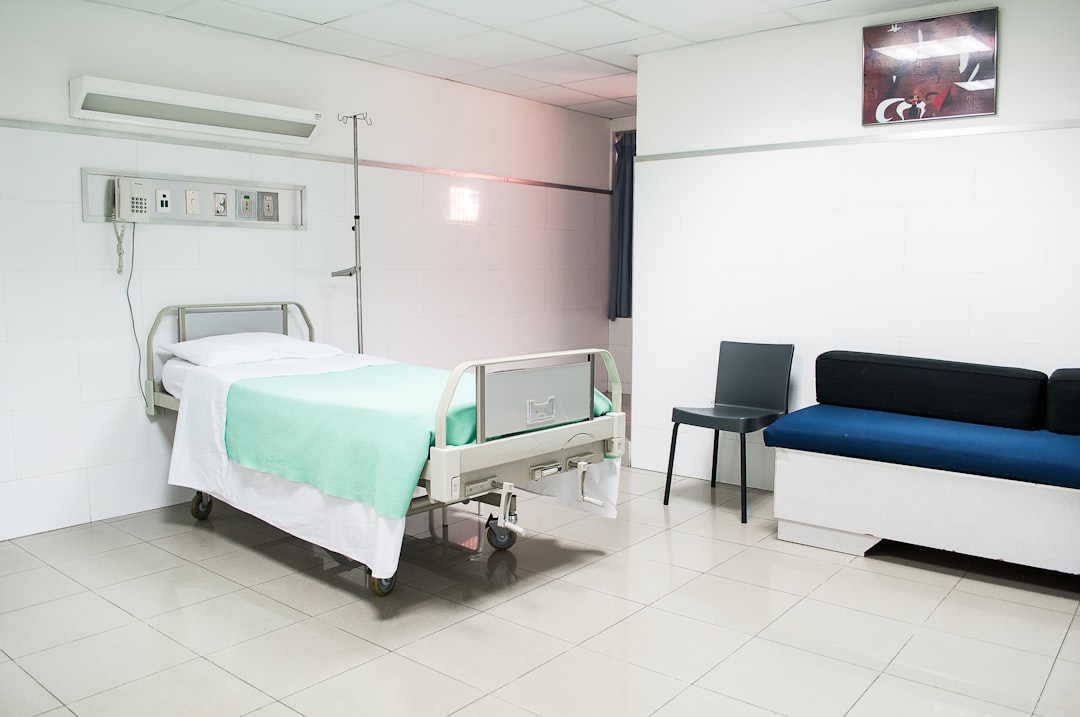
Care teams often discover blind spots when they replace static materials with QR-enabled experiences. The following examples show how small design changes unlock more inclusive and actionable feedback.
A palliative care center replaced bedside comment cards with QR-enabled feedback cards in multiple languages. Patients and loved ones used the cards to share needs privately, which led to faster comfort measures and clearer communication from staff. Completion rates improved by more than 40 percent compared to paper forms.
One hospice transformed condolence correspondence by adding QR codes that link to a digital memorial page and a grief support directory. Families could share memories at their own pace and request counseling discreetly. The organization saw higher post-loss engagement and more consistent referral into support groups, which improved continuity of care and community connection. Similar gains have been reported in care homes.
These examples illustrate how technology, when designed with empathy, can elevate dignity and agency while giving organizations the insights they need to improve.
Digital tools in sensitive settings come with risks. If not handled carefully, QR initiatives can create privacy concerns, cultural mismatches, or low participation. Thoughtful strategy ensures the benefits of faster feedback and better support never come at the expense of dignity.
Experts emphasize a few guiding principles. Engage compliance and cultural advisors early. Design with accessibility and consent at the forefront. Place codes where they are visible yet respectful of privacy. Partner with frontline staff so QR use supports real workflows rather than adding administrative friction.
Medical ethicists note that digital feedback can advance patient autonomy and quality improvement when deployed with humility and transparency. As end-of-life care evolves, QR codes can bridge compassionate intent and timely action. By turning routine touchpoints into opportunities for gentle feedback and fast support, these tools help ensure every voice is heard when it matters most.
With careful integration, accessible design, and a focus on privacy and context, providers can measurably enhance satisfaction, trust, and the quality of care. Platforms like Sona QR and Sona.com can help teams generate dynamic codes, monitor performance across facilities, and connect scans to meaningful outcomes, making it easier to learn, improve, and serve families with dignity.
QR codes have revolutionized end-of-life care services by transforming feedback collection from a tedious task into a seamless, real-time engagement channel. Whether it’s capturing invaluable insights from patients’ families, enhancing communication, or improving service quality, QR codes replace outdated surveys with instant, mobile-friendly tools that deliver actionable data when it matters most. Imagine receiving honest, timely feedback that empowers your team to provide more compassionate and personalized care.
With Sona QR, creating dynamic, trackable QR codes is effortless—update your feedback campaigns instantly without reprinting materials and monitor responses as they come in. This flexibility means you can continuously refine your approach, ensuring every interaction contributes to better care outcomes and stronger trust. Start for free with Sona QR today and turn every scan into meaningful feedback that helps you elevate end-of-life care services to new heights.
End-of-life care services include hospice care, palliative care, grief counseling, symptom management, advance care planning, and bereavement support available across inpatient units, home visits, partner hospitals, and community settings.
You can access end-of-life care services by contacting hospice providers, palliative care teams, or community organizations that offer support through referrals, direct outreach, or by scanning QR codes placed on materials like admission packets, condolence letters, or facility signage.
Hospices provide compassionate care focused on comfort, symptom relief, and emotional support for patients nearing the end of life and their families, including managing pain, facilitating communication, and offering grief and bereavement resources.
Advanced care directives can be created by using guided explanations and downloadable forms often accessible via QR codes on brochures and care planning materials, which help increase completion rates and ensure care aligns with patient wishes.
Families can access support such as grief counseling, bereavement groups, spiritual care, and communication assistance, often facilitated through discreet QR code links on condolence letters, family lounges, memorial programs, and other touchpoints.
QR codes enable families and patients to provide timely, private feedback via digital forms accessible at the moment they feel ready, reducing paperwork, increasing participation, and allowing care teams to respond faster and more effectively.
Common use cases include collecting real-time patient and family feedback, providing quick access to advance care directives, linking to bereavement resources, and facilitating contact with hospice team members or support services.
Providers prioritize privacy by working with compliance specialists, designing accessible and culturally sensitive content, placing QR codes in private yet visible locations, and training staff to introduce codes empathetically and make participation optional.
Effective placements include bedside tables, family lounges, admission and discharge packets, condolence letters, memorial event materials, and common areas where families can provide feedback or seek support privately.
By enabling real-time, structured feedback and resource access, QR codes help identify concerns sooner, facilitate faster service recovery, improve education, and strengthen trust and relationships with families.
Organizations should choose a clear use case, select appropriate QR code types (static or dynamic), design and test codes with compassionate calls to action, deploy them in high-impact locations, and track analytics to optimize engagement and outcomes.
Scan data can be analyzed by time, location, and use case to identify engagement patterns, trigger timely follow-ups, connect with patient records when compliant, and measure impact on care plan updates, symptom relief, and support uptake.
Challenges include ensuring privacy and consent, accommodating cultural and linguistic diversity, avoiding impersonal outreach, preventing administrative burdens, and maintaining consistent, empathetic staff engagement.
QR codes offer a private, on-demand channel that families can use discreetly at their own pace to share feedback, request resources, or seek support without needing to interact face-to-face or complete lengthy forms immediately.
Hospices have reported increased feedback participation, faster resolution of concerns, higher advance directive completions, improved family satisfaction, reduced printing costs, and enhanced ability to tailor resources and outreach.
Use Sona QR's trackable codes to improve customer acquisition and engagement today.
Create Your FREE Trackable QR Code in SecondsJoin results-focused teams combining Sona Platform automation with advanced Google Ads strategies to scale lead generation

Connect your existing CRM

Free Account Enrichment

No setup fees
No commitment required

Free consultation

Get a custom Google Ads roadmap for your business


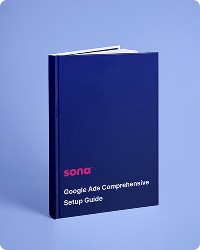
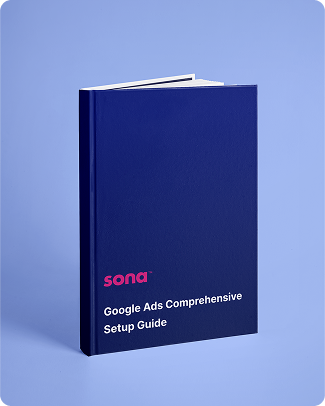


Launch campaigns that generate qualified leads in 30 days or less.
